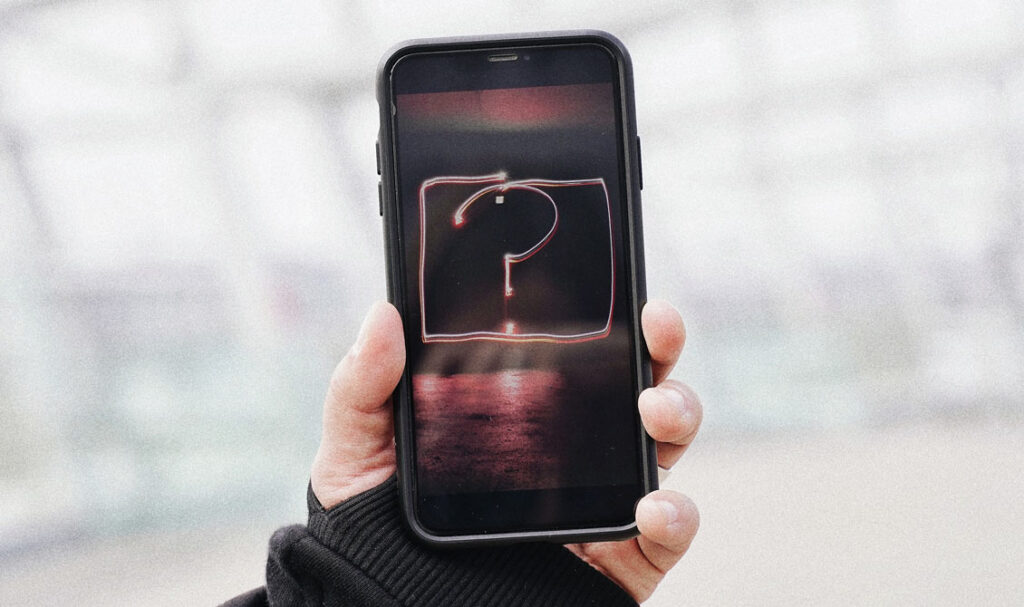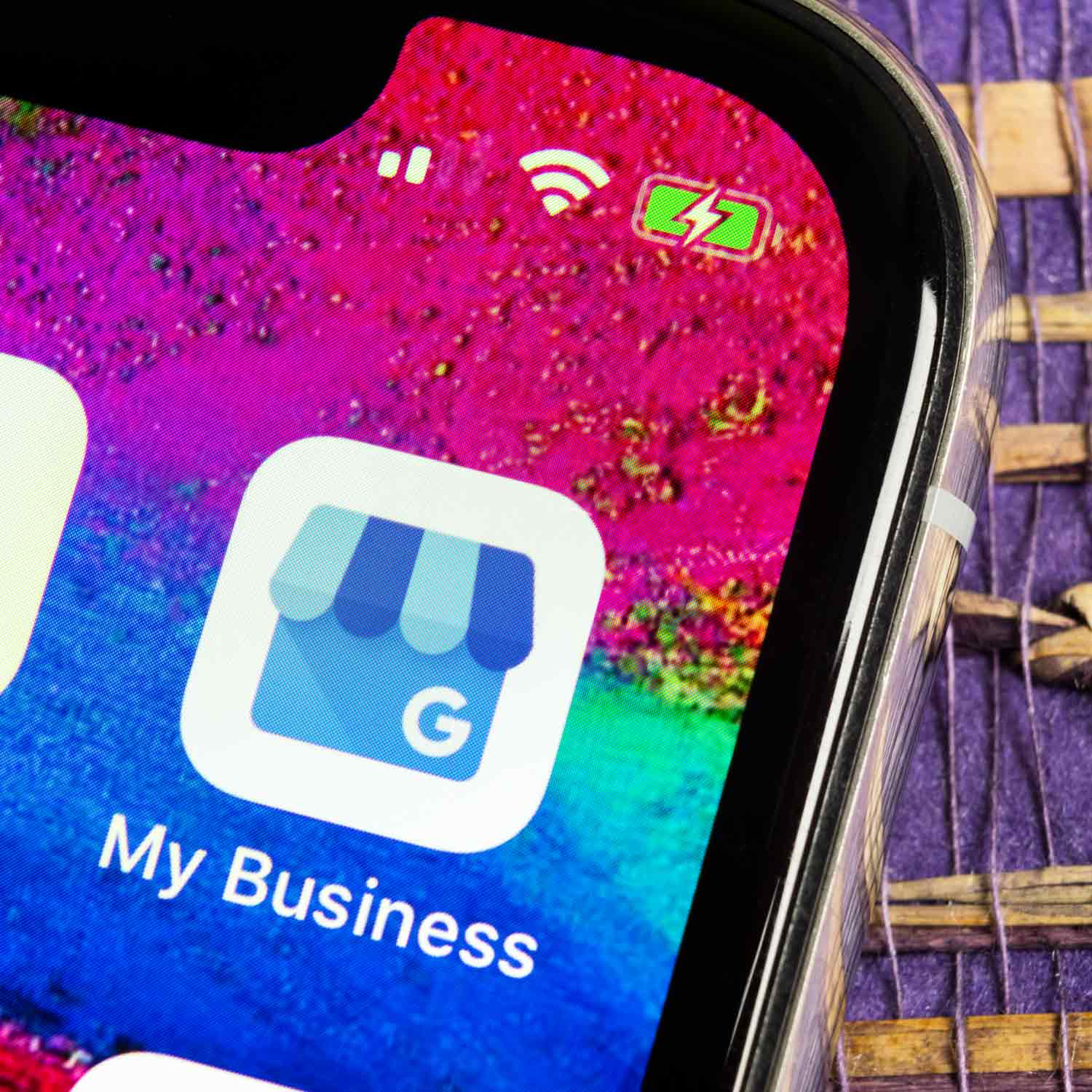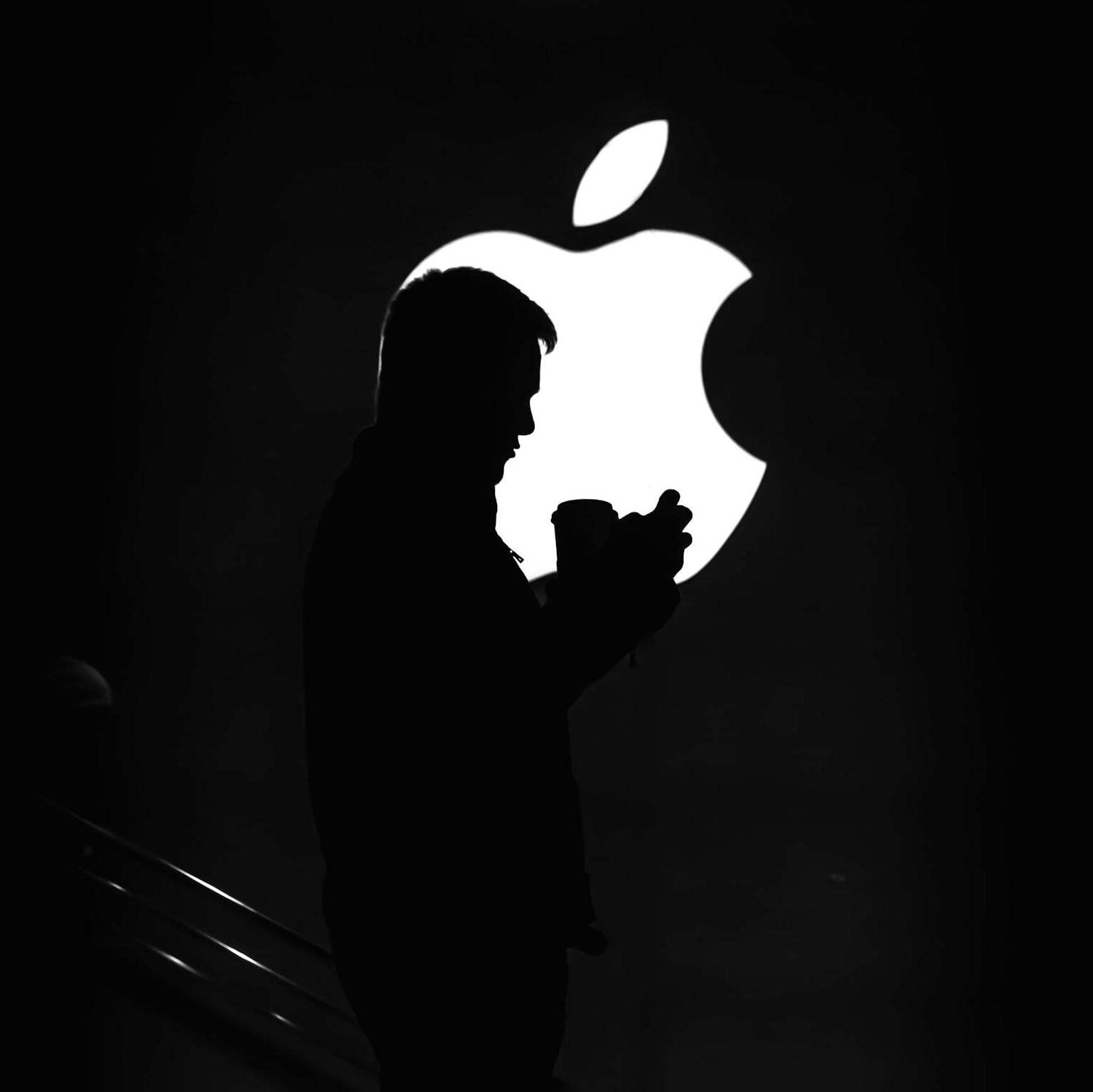What is a conversion funnel?
A conversion funnel is a visual representation of the path a consumer takes from first discovering a product or service to making a purchase. In marketing, the conversion funnel is used to understand and optimize the various steps a consumer goes through on their way to a purchase, with the goal of increasing the number of conversions.

Here are six ways you can use a conversion funnel in marketing:
Awareness:
The first step in the conversion funnel is to create awareness for a product or service. This can be done through various marketing channels such as social media, advertising, and content marketing. The goal of this step is to reach a large number of potential consumers and spark interest in the product or service.
Interest:
Once potential consumers are aware of a product or service, the next step is to capture their interest and engage them. This can be achieved through content marketing, such as blog posts or videos that provide further information about the product or service, or through interactive tools like quizzes or surveys.
Consideration:
Intent:
Once the prospective customer has considered the product or service, the next step is to gauge their level of purchase intent. This can be done through lead magnets like free trials or discounts, or by using landing pages that prompt the customer to take a specific action, such as filling out a form or making a purchase.
Evaluation:
In this phase, consumers evaluate the product or service and consider whether it meets their needs. This is a crucial step in the conversion funnel, as consumers decide here whether to proceed with the purchase or look for alternative options.
Conversion:
The final step in the conversion funnel is the actual conversion, where a consumer becomes a customer. This can be achieved through a range of measures, such as a seamless checkout process, clear call-to-action buttons, and effective upselling and cross-selling techniques.
Tips for a Successful Conversion Funnel.
It is important to continuously measure and analyze the performance of each step and make changes and improvements as needed.
An example: if the conversion rate in the consideration phase is low, this may indicate that potential customers do not have enough information or that the information provided does not effectively convey the value of the product or service. In this case, the marketing team may need to revise its content or create additional educational resources to help potential customers better understand the benefits of the product or service.
Another important aspect of the conversion funnel is personalization. By understanding the specific needs and interests of each individual customer, marketers can tailor the content and messages at each step of the funnel to make them more relevant and engaging for each customer. This can lead to a smoother and more engaging customer journey and ultimately increase the chances of conversion.
Zusammenfassend lässt sich sagen, dass der Conversion Funnel ein wertvolles Instrument für Marketer ist, die die Customer Journey verstehen und optimieren, um die Conversions zu steigern. Indem sie sich auf jeden Schritt des Trichters konzentrieren und datengestützte Änderungen und Verbesserungen vornehmen, können Marketer eine effektivere und personalisierte Customer Journey schaffen und letztlich mehr Umsatz für ihr Unternehmen erzielen.





